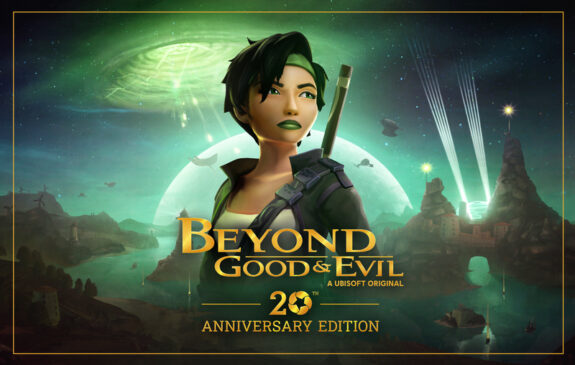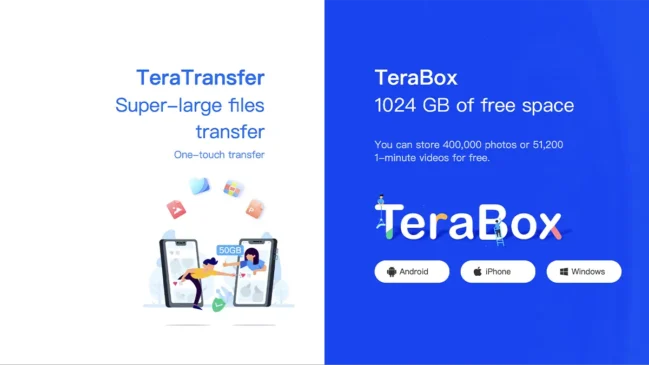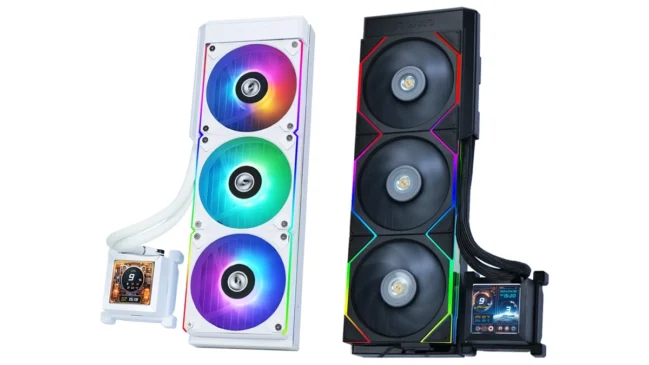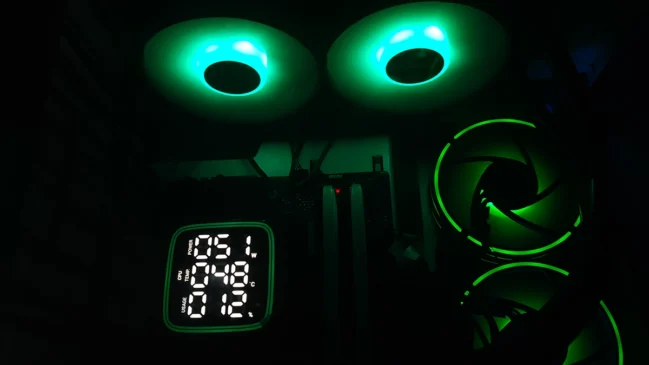
[nextpage title=”Introduction”]
We gamers are a pretty critical bunch. We take everything with a pinch of salt and examine each and every part of the product we’re purchasing. To satisfy our gaming needs, developers search high and low for different aspects and genres and sometimes create different new genres.
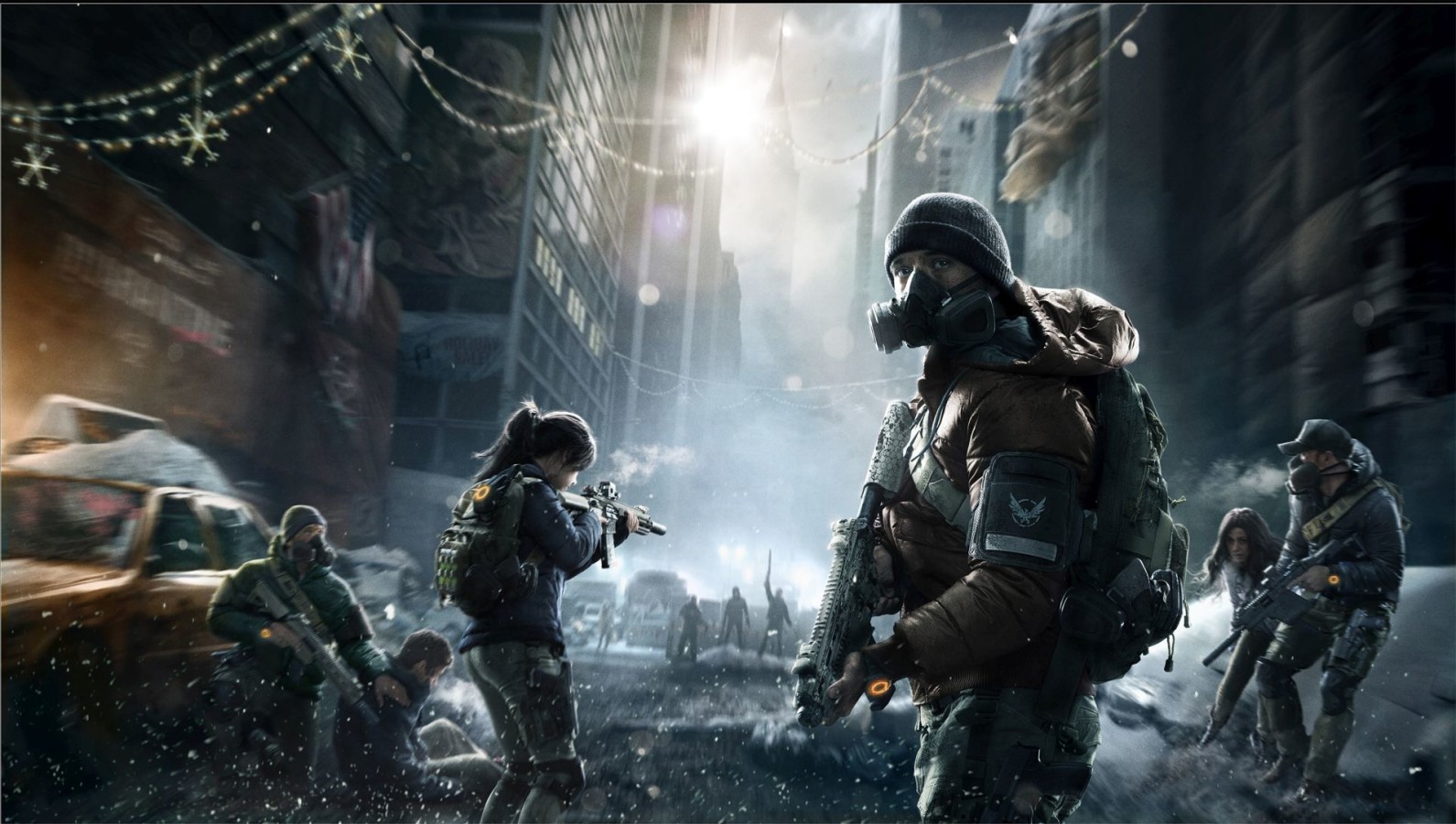
Back in June 10th 2013, the Electronic Entertainment Expo or E3 was in full swing. And Ubisoft had taken the stage to present their games in front of the world. They talked about Watch Dogs and Assassin’s Creed IV: Black Flag and Tom Clancy’s Splinter Cell: Blacklist. Now I have always liked Tom Clancy and his work and especially more so after Ubisoft started making games on Splinter Cell novels no matter how loosely they are based on. I was focused all on Blacklist until Ubisoft presented Tom Clancy’s The Division. A game which captures the breathtakingly huge chunk of Middle Manhattan and portrays a mid-epidemic situation in an Open-world, Survival-themed, Role-playing game with Third-person shooting and cover-based mechanics. Phew! That’s a lot of genres smashed into a single sentence but The Division actually does justice to almost all of the genres mentioned above. Now let’s take a detailed look shall we ?
[nextpage title=”Story”]
No Tom Clancy game is complete without a story and Tom Clancy’s The Division is no different as well. Now keep in mind that I will be talking about the story in-depth and will be discussing certain things that can be deemed as Spoilers. So don’t say that I didn’t warn you.
SPOILER ALERT
The opening cutscene explains what happened in a very short and dramatic-cinematic way. An unidentified and modified strain of Smallpox virus is spread among the populace of New York through dollar bills and the Black Friday rush helped the virus to spread at an alarming rate, overwhelming the Early responders. As Manhattan slowly descended into madness, it was closed off and the core area around Bryant Park was sealed off to contain the brunt of infection and was labeled The Dark Zone.
As a part of the Presidential Directive 51, the Special Homeland Division was activated alongside the undercover SHD sleeper units simply known as Division agents. They were activated as a last ditch effort to restore society and fight the crisis. But as most of the first wave agents went off the grid or ended up dead, the second wave of agents were sent in and that is where the players come into play. “With Manhattan under lockdown and Brooklyn on the brink” the players and one seemingly immortal agent Faye Lau are all that’s left to save the city.
As you survive Brooklyn and enter Manhattan, you eventually discover your Base of Operations which is under siege from Rioters. After you save it from said rioters, this Base or BoO serves as your PvE hub for the rest of the game. The BoO has three wings with each wing serving a specific role and the storylines branch out according to that. Each branch of the story has a specific character to save and they, in turn, have something else to do with the game. The Medical Wing and Dr. Jessica Kendall are pivotal towards stopping the virus and finding a cure which introduces us to the threat of the Cleaners. The Security wing and Captain Roy Benitez focus on stopping the Rikers and Paul Rhodes and his team of Engineers of the Tech wing are trying to bring the city back on its feet and in turn, they slowly uncover a conspiracy plot. All of this boils down to the moment when you face the final faction, the Last Man Battalion. This confrontation, however, ends in an overwhelmingly disappointing boss fight, against a helicopter.

This might seem like a complete trainwreck of a story and it actually is one but let me tell you that after going through all the Intel, mission data, conversations and even the collectibles, I can say that the game portrays a very good narrative on how the City fell apart rather than the actual storyline it tried to project. How the big apple became a big shambling mess of a quarantine zone is explained throughout the campaign and the factions just act as the surviving few blots on the map who try to tip the balance between order and chaos. The Division and the agents are just a catalyst, they try to save what remains but pave the way for one specific rogue agent to finish his ultimate goal of spreading the disease and plunging the Earth into chaos. This is your normal “save the world” story slapped onto a game with an open world and lots of guns, but inside the story shows us a very real picture of society and how it acts in the face of extinction-level events. Normal people fighting over scraps of food, shelter, criminals taking their revenge in the absence of law and a lonely mother telling her son and family that she loves them. The tale of Manhattan’s desolation is everywhere and that triumphs over the helicopter crash of the final mission by a big margin.[nextpage title=”Graphics”]
When this game was showcased back in E3 2013, everyone was stunned to see such a rich and detailed world with so many old and new graphical features. Volumetric Fog effects and lighting, Real-time bullet physics, detailed textures and everything sent hype through the roof initially.
Hopes fell short when Ubisoft announced they would be downgrading the graphics for greater compatibility and optimization however the recent mishaps regarding Ubisoft sent everyone doubting about the future of The Division.
However after spending countless hours in-game, I can confirm that the optimization is top-notch and it’s one of the more optimized game out there currently. A few graphical glitches aside, the textures are detailed, the Volumetric lighting and dynamic fog and weather effects can either leave you awestruck as you walk through a vast and empty Times Square or can severely hamper your gameplay through the dynamic weather system. Global illumination plays a large role and it’s all thanks to Ubisoft’s new game engine labeled “Snow Drop”. The world is detailed beyond comparison, litter is strewn across the street, apartments look like they’ve actually been ravaged and the world in itself gives off a vibe of desolation. Developers paid so much attention to the detail that they even handcrafted each and every graffiti and poster and they’ve done it flawlessly, I haven’t seen a single graffiti being copied-pasted. Simply put, the game looks beautiful and it gives you a satisfactory smile on your face when you run it at 60FPS on Full HD. We ran the game on our test bench powered by GTX 960 Strix Edition provided by ASUS India and it performed flawlessly where both the card stayed cool and the game ran like butter.[nextpage title=”Gameplay and Mechanics”]
As The Division was unfolding its wings during E3 2013, I noticed 3 distinct genres co-existing in the game, Third-person shooting, Cover-based shooting and Role-playing. 3 years later, the game still stays true to the core values showcased 3 years back.
From start to finish, you as a player have to accept the fact that you won’t survive if you aren’t careful enough and you won’t live through everything because you won’t know the obstacles ahead. Thus taking Cover and the ability to shoot from cover will be your bread and butter. As long as you are in cover, you can blind fire but you sacrifice a significant amount of accuracy by doing so.
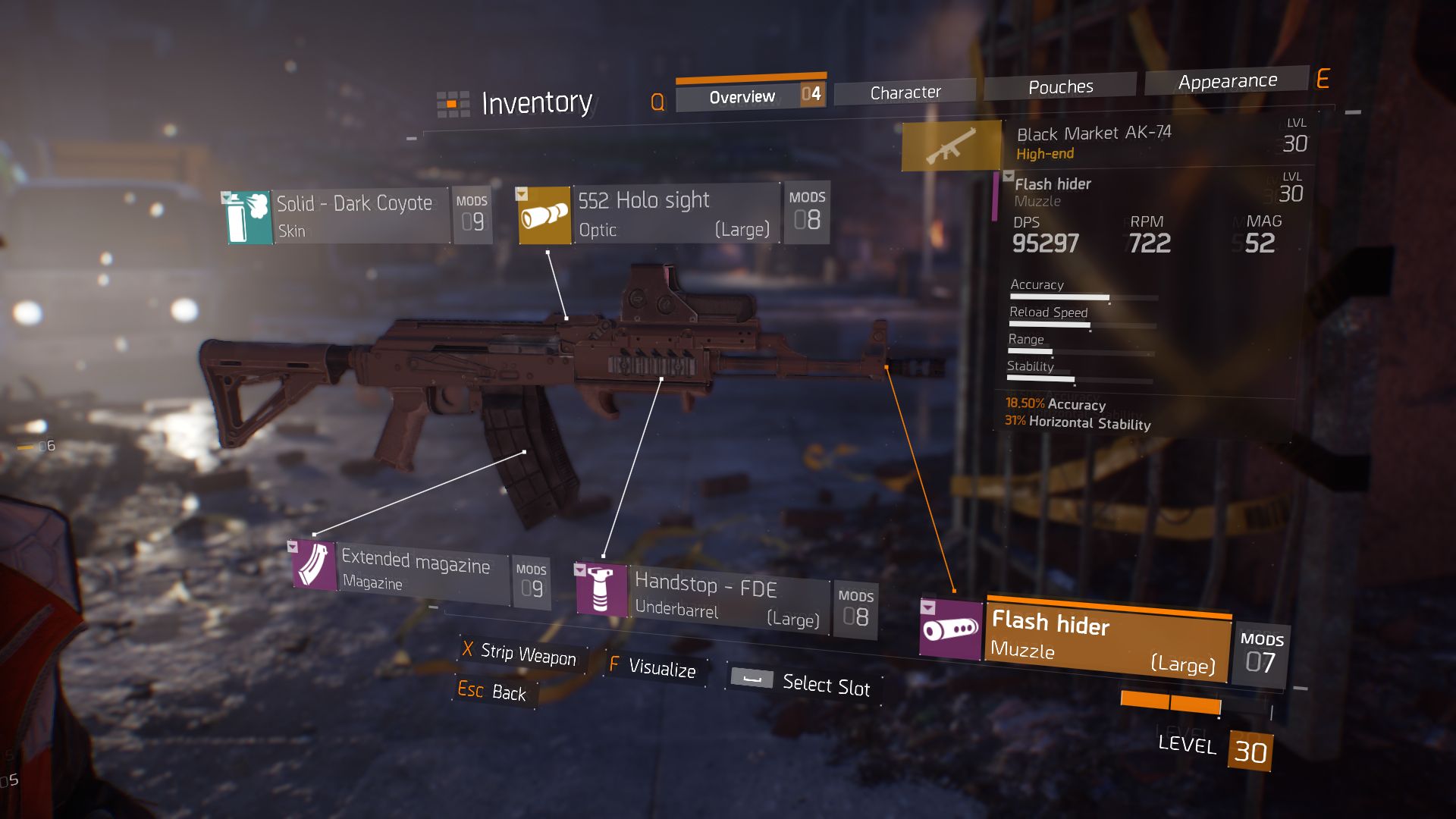
The RPG mechanics, in my honest opinion, are simpler than even most of the simplest RPGs out there. It took me less than 5 minutes to understand but it works and it works without a hitch. The synchronization of stats with our level and the weapon talents works like a charm. Each of your weapons can have one or more than one talents depending on its rarity level, each talent has a requirement of certain stats which are tied to the gear you have equipped. The talents and the requirements can be randomized and the talents are the major pros of the weapon system. The gears can have talents and attributes too depending on the rarity as well. Both the weapons and gear are customizable. The weapons accept attachments such as weapon sights, magazine, barrel and underbarrel attachments. The same thing is true for the gear as well but they are simplified to the point where you only have to worry between stats and skill mods. Weapons can be customized with skins and players can equip different cosmetics like jackets, scarfs, shemaghs and even boots to make your character look unique.

Speaking of Role-playing, you have 3 distinct skill trees which you can unlock simultaneously. You have 3 normal skills and a signature skill for each tree and you can activate 2 normal skills and a single signature skill. These skills are unlocked by gathering resources tied to each tree and spending them on the 10 separate sections of the each wing. A single section can activate different skills or even skill mods which enhance the related skills in various different ways. Completely unlocking a tree unlocks the Master mod for each skill of the respective skill tree which stays activated all the time. These skills range from spotting enemies through cover, enhancing a cover’s efficiency or sending a rolling ball of death towards enemies. Apart from Skills, your wing upgrades can reward you with Perks and Talents which provide permanent and activated bonuses which enhance the game by giving extra XP or giving a 50% chance to replenish a bullet on a headshot. The skill and talent system has a great amount of versatility to it which is proven by the freedom to choose skills from any tree and not create conflicts. A unified skill system makes combat more valuable than ever.
Speaking of death, killing enemies give you XP. This XP goes towards a progression bar which adds a new level once it fills up. You gain XP from doing missions as well as killing enemies or getting accolades such as surviving near-death situations or getting headshots. The XP gained by doing missions is huge, at times 40% of the required amount to gain a new level. This keeps the flow of the game going and a player can hit max level on PvE quite easily. You don’t have to farm or grind for XP to hit the level cap which in my opinion is another aspect of the game I admire.
The gear drop is where the real kicker comes because it’s randomized. Right now it has been reshuffled around as it seems and drops are better than at launch. The game has an in-game loot loop which we have no idea of. You kill enemies and hope that you roll the perfect dice and score the perfect loot, a basic RNG-based loot system. The weapons feel authentic and each weapon has its own characteristics and even mods affect it significantly. The game is almost a heaven for someone who wants to fuse up the genres and it gets better because of the seamlessness. Even a single enemy squad can ambush you and mow you down pretty easily and quickly if you’re not careful. The game is unforgiving on Hard and it will completely break your back on Challenging mode but the rewards make the Challenging mode worthwhile for a 4-man squad.
The game has been labeled as Co-op friendly but in no ways does it mean that you cannot play the game as a solo player. Personally speaking, I’ve spent the majority of my game time as a solo player, even in the Dark Zone where you face the threat of AI as well as 15 other players. The Challenge mode, the upcoming Incursions and the higher levels of the Dark Zone are pretty much impossible for solo players but the rest of the content is very much possible for a player to play by himself.[nextpage title=”The Dark Zone”]
Now we’re getting to the good and the grittier part. The Dark Zone is the Player vs. Player area, however, it’s not exclusively PvP, you can also have encounters with AI enemies inside the dark zone who pose a harder challenge than the PvE area enemies. Back when Tom Clancy’s The Division was revealed, we got to see that the Dark Zone would be divided into different smaller parts but further into development, Ubisoft Massive said that they will be creating one huge Dark Zone divided into smaller parts and these smaller parts will increase their difficulty and the enemy saturation.

The Dark Zone follows an XP progression system similar to the PvE section. You kill AI enemies to get XP from them and occasionally they drop loot, Dark Zone-specific currency and Dark Zone Keys. These keys can be used to open locked chests that contain more powerful gear than the normal drops and in certain cases, can drop High-end items. Players can also test their luck by killing named Bosses who can drop High-end weapons and gear.
All of this fine game but players can do all of this but they have the full opportunity to kill the next player they encounter and get their loot too. This action marks them as Rogues which is a fancy way of saying that you’re a Player-killer but it’s a fun process of keeping the PvP fresh. As you enter Rogue status, you get a timer which marks you on the map for a limited amount of time, the more players you kill within that time limit, increases said limit and increases your Rogue level and eventually marks you for a Manhunt mode if you fail to satiate your bloodlust by then.
As you kill players, you get Dark Zone Cash, keys from the players and you can loot their gear as well. But all of this would be fine until you realize you have to extract all this gear to make it usable. And to extract, you have to reach pre-designated Extraction points and call in a chopper, wait for 90 seconds and then attach your loot bag onto the rope and hope that no one tickles you with their gun. This unpredictability along with varying weather effects creates a tense and very dangerous area where anyone and everyone is capable of killing you and running off into the maze of roads and buildings with you loot. This is regarded as the main end-game system of the game, however, balancing is required even more and it is being done round the clock with future upgrades already being planned and developed.[nextpage title=”Endgame and Economy”]
An RPG game is pretty much incomplete without an economy system and an endgame system to invest your earning into. Tom Clancy’s The Division is halfway through to that phase at launch.
With a dedicated PvE and PvP section in the game, the developers had to create a balance of currency and they did it by dividing the currency. It’s a very old way of doing things and it works. You can spend normal currency in the PvE area and the PvE safehouse vendors. You can spend your Dark Zone cash on Dark Zone vendors. And after reaching level 30 on the PvE section, you get access to another currency called Phoenix Credits. These Phoenix Credits can be earned by killing named bosses and doing Daily missions and Challenge mode missions both of which unlock after level 30. These Phoenix Credits can be spent on some of the most powerful gears and blueprints present in the game.
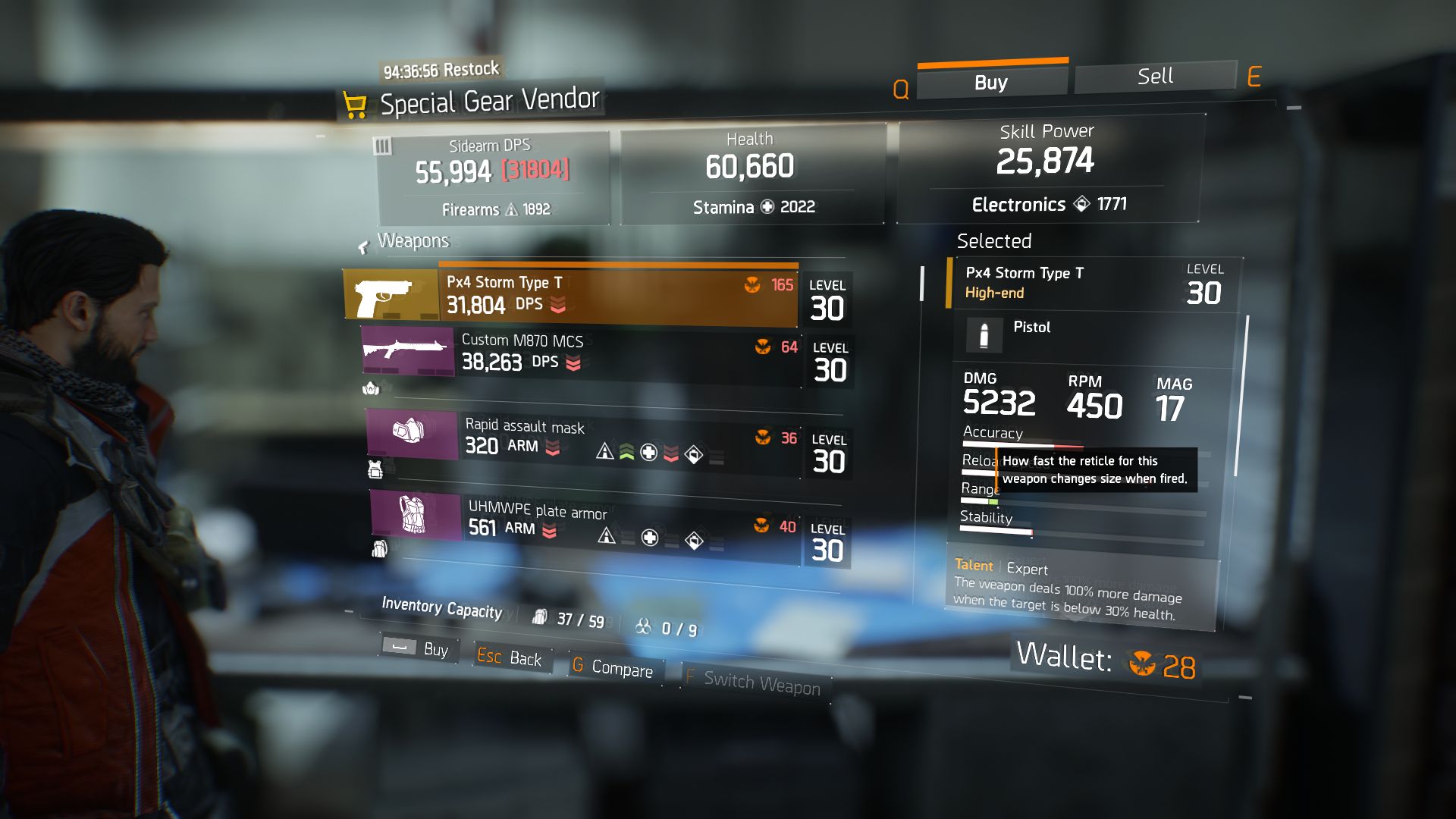
However farming for Phoenix Credits and getting gear the hard way isn’t the only thing, you can run the Challenge modes which increases the difficulty of the missions and rewards the players according to it. And you can wander into the Dark Zone and try your luck there and hope you can walk out with your loot. There are incursions inbound with the first Free update scheduled for April which is made specifically for a 4-man squad and will present Challenge mode-esque and if not harder difficulty levels and they will reward certain Set items with bonuses. The endgame is currently being tested and tried and players are providing their feedbacks and as far as I know, Ubisoft Massive is listening to the players and acting on the suggestions and the feedbacks. Patch 1.0.2 has addressed a lot of balancing issues and drop related issues and Ubisoft Massive promises to deliver content throughout the first year. With two free updates and 3 expansion packs in the oven, players can expect a lot of “endgame” content in the future.[nextpage title=”Final Verdict”]Ubisoft, owing to their past success with Prince of Persia, Tom Clancy’s Ghost Recon, Tom Clancy’s Splinter Cell have garnered quite the fanbase among gamers. However, a few recent titles and the subsequent mishaps regarding those titles have alienated a lot of the fanbase they had gathered over the years. Initially, a roar emerged on the Social medias and on YouTube sections to avoid preordering or downgrade movements against Ubisoft titles. However spending so much time on the game I cannot lie. Tom Clancy’s The Division is a title that has a forgettable story but has a stable and rich graphical fidelity, balanced PvE and PvP system, polished and simplified mechanics and a lot of headroom for Endgame content creation. It’s a very much average game and in no ways an earth-shattering title that is capable of changing the Gaming scene, but it’s good at what it does and it’s fun to play. And at the end of the day, I’d settle for a simple and enjoyable title than other complex games with hours of grind down the line. Tom Clancy’s The Division sets a good standard as a new IP and if Ubisoft decides, future sequels of the franchise itself.




